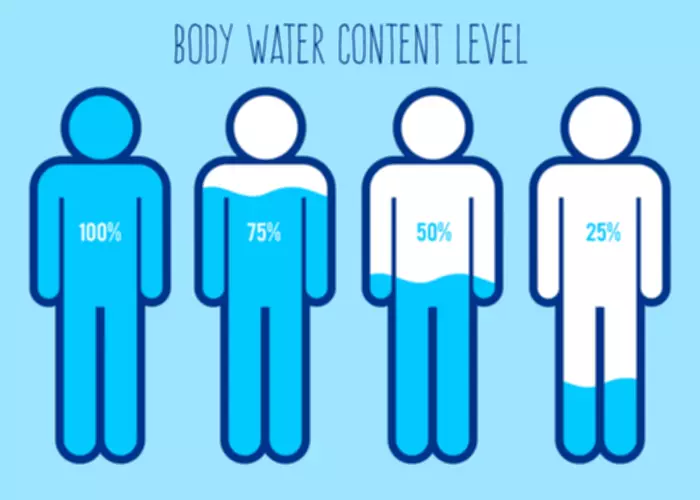
The ingestion of glucose is vital to this type of doping, given the glucose-lowering action of insulin, especially in those with normal tissue insulin sensitivity. The rationale of injecting insulin as a PED relates to its mediation of increases in the transport of glucose and amino acids into skeletal muscle and its effects on muscle fibers. By infusing insulin https://ecosoberhouse.com/article/how-to-naturally-reduce-alcohol-cravings/ along with stable isotopes of glucose and amino acids into human muscle (quadriceps), Biolo and coworkers (386) were able to demonstrate an approximately 70% increase in the fractional synthetic rate of muscle protein. They also reported a decrease in the concentrations of the essential amino acids, implicating incorporation into the muscle fiber.
- There are several types of PIEDs, including anabolic steroids, peptides, and hormones.
- To do so, the investigators combined the data from 10 studies that collectively diagnosed AAS dependence in 1248 AAS users; we also included a recently published paper that tabulates these studies (19, 42,–51).
- The Council of Europe says it first appeared in sport at the Berlin Olympics in 1936.[42] It was produced in 1887 and the derivative, Benzedrine, was isolated in the U.S. in 1934 by Gordon Alles.
- Twelve-step programs are likely the mode of alcohol and drug abuse intervention most familiar to the general public.
- As an internal reference, tests use an endogenous steroid either upstream of the steroid of interest or from another steroid pathway, such as pregnanediol.
C. The types and patterns of PED use

Athletes did still suffer harms within these systems, often at the hands of central organising individuals or groups in the forms of bullying, coercion, and extortion. One reason athletes were vulnerable to such abuse is due to the nature of the risk environment in which these systems operated. Because of the risks that accompany doping revelations and the secretive nature of such systems, athletes had little recourse that did not necessarily out them as dopers or threaten their livelihoods, safety, or reputations. Much like individuals who are victimized as part of their use or sale of other controlled substances, doping athletes lack ‘access to law,’ an absence posited to fuel the apparently violent ‘nature’ of illicit drug markets at large (Jacques, Rosenfeld, Wright, & van Gemert, 2016).
D. Association of PED use with other high-risk behaviors

Basic science has also largely overlooked the potential interaction of AASs and traumatic brain injury. For many neurologic conditions, estrogen negative effects of drugs in sport is neuroprotective in females (402). This is particularly true for response to hypoxic-ischemic brain damage, as occurs with stroke.
Anabolic Agents And Steroids
The primary medical use of these compounds is to treat conditions such as asthma and other respiratory ailments. Some studies have shown beta-2 agonists have performance-enhancing effects when consistently high levels are present in the blood. In the event that an athlete and his or her medical providers feel it necessary, for documented medical reasons, that he or she continue to take a banned substance, WADA may consider granting a therapeutic use exemption, a concept mentioned earlier. A therapeutic use exemption must be on file before an athlete tests positive for the substance allowed by that therapeutic use exemption.
How are steroids harmful?
RACGP – Red Book – Physical activity
Health and safety in sport – AQANegative impacts of Performance-enhancing drugs
- It’s crucial athletes and audiences drink plenty of water and keep their hydration levels high, he says.
- Athletes at the Olympic Games are tested for EPO through blood and urine tests.
- Much of this is idealistically accomplished by working alongside athletic trainers; this is a major component of keeping athletes safe.
- The system was directed by the head of Russia’s anti-doping laboratory, Grigory Rodchenkov, who sourced and controlled the supply of substances and provided oversight of hundreds of Russian athletes’ dosing and use via the country’s Sports Ministry.
What types of drugs are used to enhance performance?
